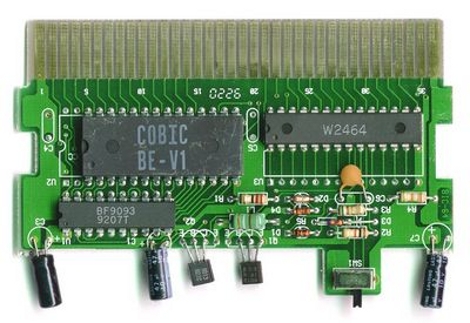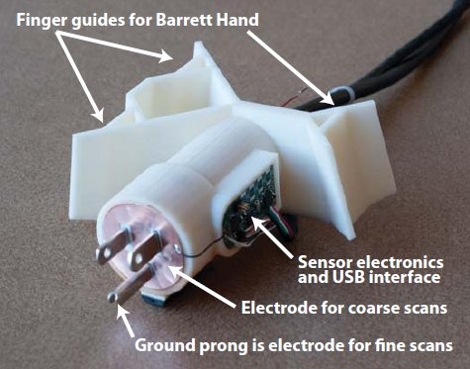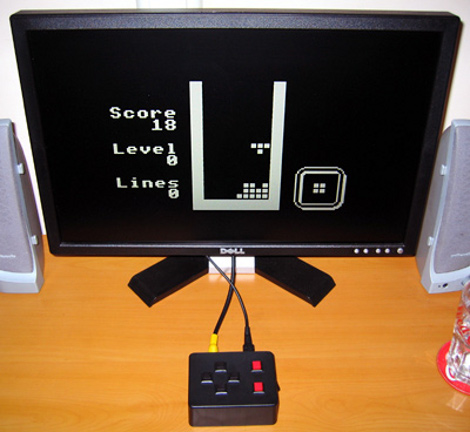
[Will] enjoys giving hacked items as Secret Santa gifts and this year he decided to augment a Billy Bass. These gag items have become a popular hack to use as a prop or to read your Twitter updates to you. Right of the bat he scrapped the original PCB and sent it to the gift’s future recipient as if he were a kidnapper extorting a family. He then set to work replacing the guts with a pair of PIC 18F452 microcontrollers. One uses power transistors to control the movement, the other controls an MP3 that handles the sound clips. The interface has some LEDs for added effect and uses a dial to select each sound clip which is displayed on a 4×20 character LCD.
The project has several voltage headaches as the motors operate at 6v and 4v, the microcontrollers and LCD display at 5v, and the MP3 is looking for 1.5v. That’s for voltages supplying this Frankenstein’d schematic. But he pulled it off, as you can see in the video after the break.















